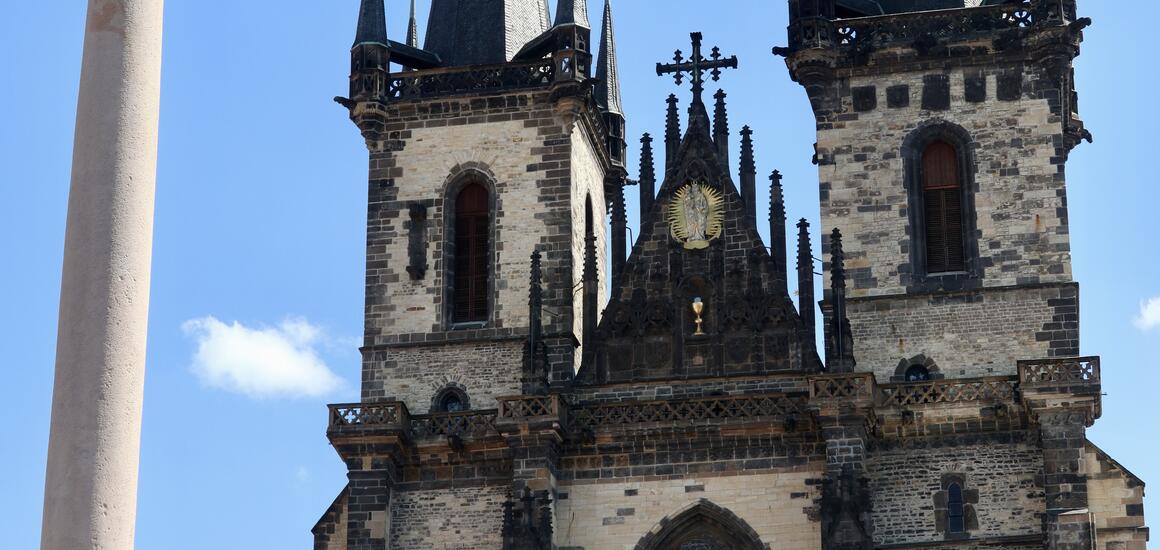
DATE: June 2024
COMMENTARY:
Prague, the capital city of the Czech Republic, has a rich and varied history dating back over a millennium. Below I provide you a brief brief overview:
1. Early History and Foundation
Prague's origins can be traced to the 9th century, when it emerged as a settlement around Prague Castle, founded by the Přemyslid dynasty. The area quickly developed into a vital cultural and trading centre due to its strategic location on the Vltava River.
The Vltava River is the longest river in the Czech Republic and holds significant historical, cultural, and geographical importance. Here are some key facts about the Vltava River:
Basic Facts
(a). Length: The Vltava River is approximately 430 kilometres (267 miles) long.
(b). Source: It originates in the Bohemian Forest (Šumava) in the southwestern part of the Czech Republic, near the border with Germany and Austria.
(c). Mouth: The river flows into the Elbe River (Labe in Czech) near the city of Mělník.
(d). Basin Area: The river's drainage basin covers an area of about 28,090 square kilometres (10,850 square miles).
Historical and Cultural Facts
(a). Historical Significance: The Vltava has been a crucial waterway for trade and transportation since ancient times. It played a significant role in the development of the cities along its banks, especially Prague.
(b). Prague: The Vltava River runs through the heart of Prague, the capital city of the Czech Republic. Iconic structures such as the Charles Bridge (Karlův most) span the river, and it features prominently in the city's history and culture.
(c). Cultural Influence: The river is famously celebrated in Bedřich Smetana's symphonic poem "Vltava," part of his larger work "Má vlast" (My Homeland). The composition depicts the river's course through the Czech countryside and its cultural significance.
(d). Recreational Use: The Vltava is popular for various recreational activities, including boating, fishing, and sightseeing cruises, especially in and around Prague.
2. Medieval Period
During the 14th century, under the rule of Charles IV, Prague flourished. Charles IV founded Charles University in 1348, the first university in Central Europe, and oversaw the construction of many iconic structures, including the Charles Bridge and St. Vitus Cathedral. The city became the capital of the Holy Roman Empire, enhancing its political and cultural significance.
3. Hussite Wars and Habsburg Rule
The early 15th century saw religious turmoil with the Hussite Wars, sparked by the reformist ideas of Jan Hus. Following these conflicts, Prague came under Habsburg rule in 1526. Despite periods of relative peace, the city was involved in the Thirty Years' War, starting with the Second Defenestration of Prague in 1618, a key event leading to widespread conflict across Europe.
4. Enlightenment and National Revival
The 18th and 19th centuries brought significant cultural and intellectual development, aligning with the broader European Enlightenment. The Czech National Revival in the 19th century saw a resurgence of Czech culture and language, laying the groundwork for future national independence.
5. 20th Century Turmoil
In 1918, Prague became the capital of the newly formed Czechoslovakia after the collapse of the Austro-Hungarian Empire. The city endured occupation by Nazi Germany during World War II and subsequently fell under Soviet influence as part of the Eastern Bloc during the Cold War. The 1968 Prague Spring, an attempt at liberalisation, was crushed by Warsaw Pact troops.
6. Velvet Revolution and the Modern Era
The Velvet Revolution of 1989 peacefully ended communist rule in Czechoslovakia, with Václav Havel becoming president. In 1993, Prague remained the capital when Czechoslovakia peacefully split into the Czech Republic and Slovakia. Since then, Prague has become a thriving cultural, economic, and political center in Central Europe, known for its historical architecture, vibrant arts scene, and significant tourist appeal.
Today, Prague continues to blend its rich historical legacy with modern development, making it one of the most picturesque and culturally significant cities in Europe.
[In addition, please kindly see my entries on: (a). A short history of what is now the Czech Republic or Czechia and (b). The Velvet Revolution]































Add new comment